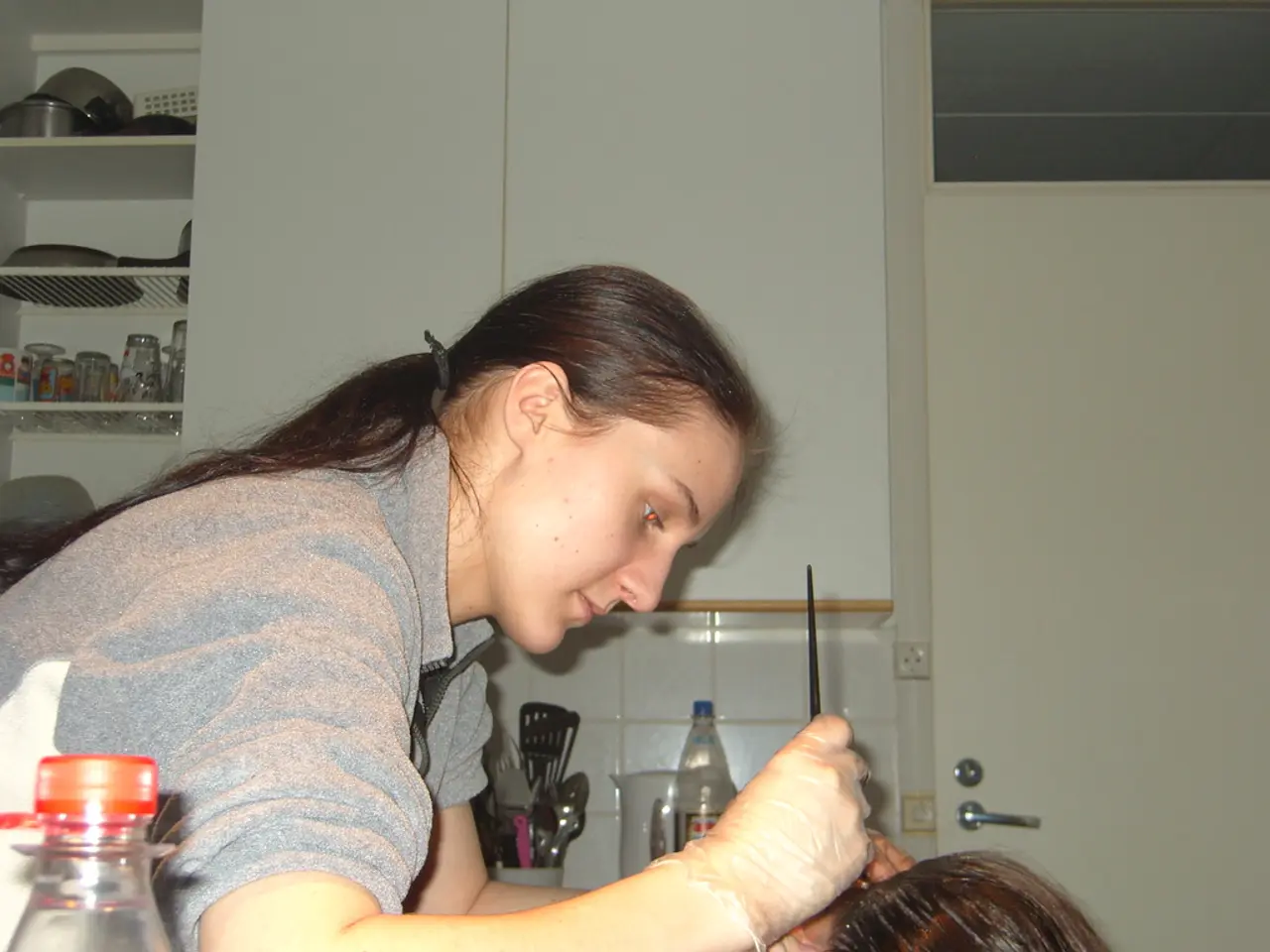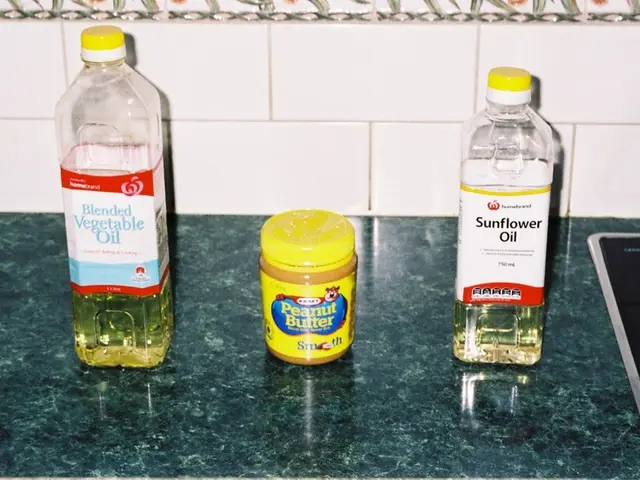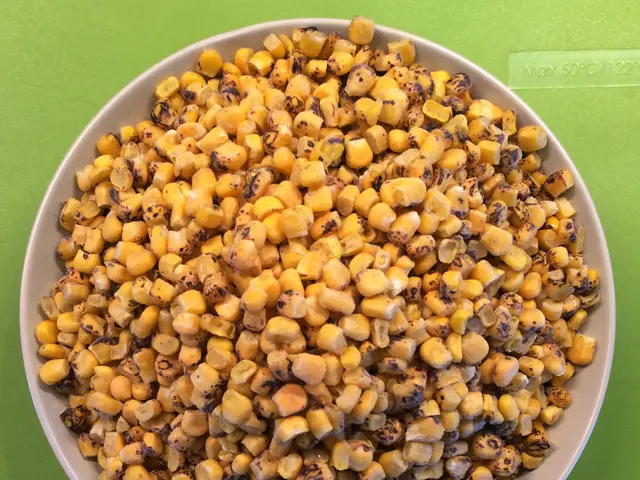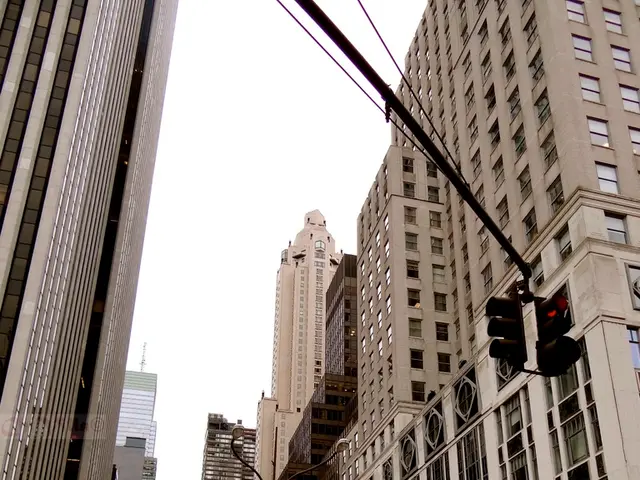Treating and Preventing Infected Public Hair: Guidelines and Strategies
### Managing Ingrown Pubic Hairs: A Comprehensive Guide
Ingrown pubic hairs can be a common and uncomfortable issue for many individuals, particularly those with curlier or coarser hair. This article provides a range of effective home remedies and professional treatments to manage this condition.
#### Home Remedies
1. **Warm Compresses**: Applying a warm compress to the affected area several times a day can help soften the skin, open up pores, and reduce inflammation[1][3].
2. **Exfoliating Scrubs**: Using a gentle exfoliating scrub can help remove dead skin cells and unclog hair follicles, reducing the chance of ingrown hairs and irritation[1][3].
3. **Topical Treatments**: Over-the-counter treatments such as hydrocortisone cream, antibacterial ointments, and anti-inflammatory creams can help soothe the skin and prevent infection[1][3].
4. **Natural Remedies**: Tea tree oil and aloe vera are natural options with soothing and antibacterial properties that may help manage ingrown hairs[4].
#### Professional Treatments
1. **Laser Hair Removal and IPL (Intense Pulsed Light) Therapy**: These long-term solutions are particularly effective for those with coarse or curly hair. They prevent future ingrown hairs by reducing hair growth[2][3].
2. **Microneedling**: This treatment helps reduce scarring and smooths the affected area, which can be beneficial after ingrown hairs have healed[3].
3. **Chemical Peels and Professional Exfoliation**: These treatments maintain clear skin and prevent ingrown hair cysts by unclogging pores[3].
4. **Blue Light Therapy**: Effective for treating inflammation and infections associated with ingrown hair cysts[3].
For severe cases or persistent problems, consulting a dermatologist for personalized advice is recommended.
#### Removing Ingrown Pubic Hair
The best way to remove an ingrown pubic hair is by using sterilized tweezers once it's close to the surface of the skin. Gently massaging the area can soften the skin and encourage the hair to pop out.
It's important to avoid squeezing ingrown pubic hair cysts to prevent damage to the skin, scarring, and increased risk of infection. If bumps from ingrown hairs look infected, it's best to contact a doctor for medical treatment.
People who remove pubic hair by shaving, waxing, or plucking are more prone to ingrown hairs. If shaving the area, avoid doing so for a few days and apply a mild antiseptic to reduce the risk of infection. Rinsing the razor after each stroke can help prevent the spread of bacteria. Soaking the skin in warm water before shaving can soften the pubic hair, making it easier to shave. Avoiding too many strokes of the razor can reduce the chance of an ingrown hair.
Ingrown hairs can last for months or years in some cases if the person continues to remove their hair. If unsure whether a bump is an ingrown hair, it is best to contact a doctor for an accurate diagnosis, as some conditions like STIs can cause bumps similar to ingrown hairs.
- Some individuals may experience a degeneration in their skin's health due to the deterioration caused by atopic dermatitis, which can increase the likelihood of ingrown pubic hairs.
- In health-and-wellness circles, the predictive significance of diabetes and macular degeneration is not directly linked with ingrown pubic hairs, but maintaining overall skin health is essential for individuals managing these conditions.
- Dry skin often requires a specific skin-care routine to keep it hydrated and healthy, and this applies to the skin in sensitive areas like the pubic region, helping to prevent ingrown hairs.
- Depression and stress can have a detrimental effect on one's fitness-and-exercise regime, subsequently impacting overall health, including the likelihood of experiencing ingrown pubic hairs.
- Individuals with psoriasis are more likely to develop ingrown hairs due to the thickening and curling of their type of hair.
- Science continues to explore the link between COPD (Chronic Obstructive Pulmonary Disease) and various health issues, with preliminary research suggesting a possible correlation with ingrown pubic hairs, mainly related to the individual's ability to perform adequate self-care.
- While ingrown pubic hairs can cause discomfort, they are generally harmless. However, it's essential to monitor changes in skin health, as persistent ingrown hairs could be a sign of other underlying conditions.
- When removing ingrown pubic hair, it's crucial to adopt a healthy lifestyle that promotes good skin-care practices, such as regular exercise, a balanced diet, and maintaining good hygiene, which overall supports the rejuvenation of the body and skin.
- By staying informed and following a comprehensive guidance on managing ingrown pubic hairs, you are taking a proactive approach towards maintaining your health-and-wellness, ensuring both the physical and mental wellbeing over the long term.




